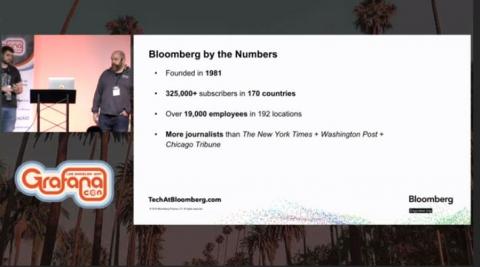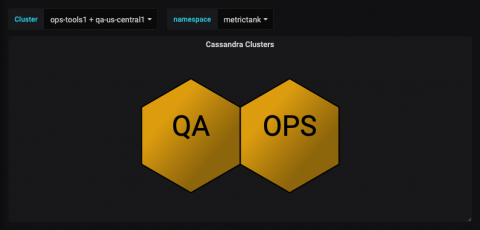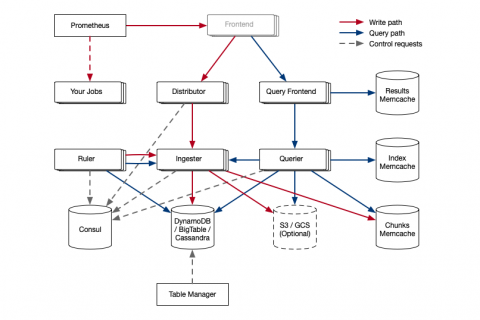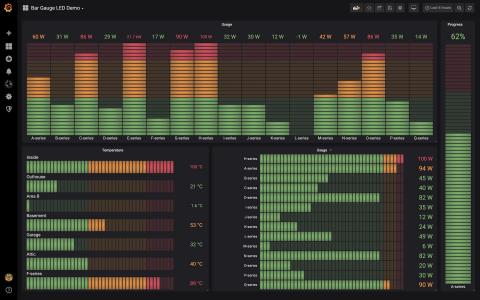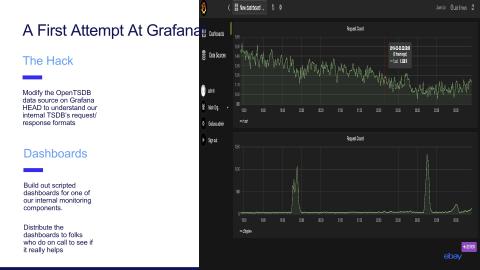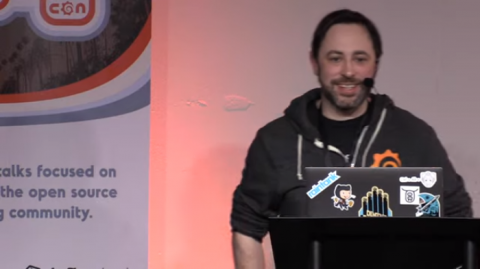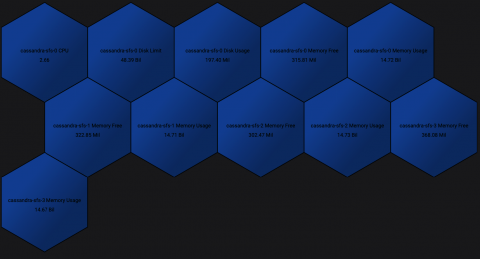Grafana 5.4.4 and 6.1.6 released with important security fix
Today we are releasing Grafana 5.4.4 and 6.1.5. These patch releases include an important security fix for all Grafana installations between 5.4.0 and 6.1.6. Grafana installs between 6.0.0 and 6.1.4 are less vulnerable due to other security improvements. These versions are only vulnerable if the administrator has disabled default security settings.





